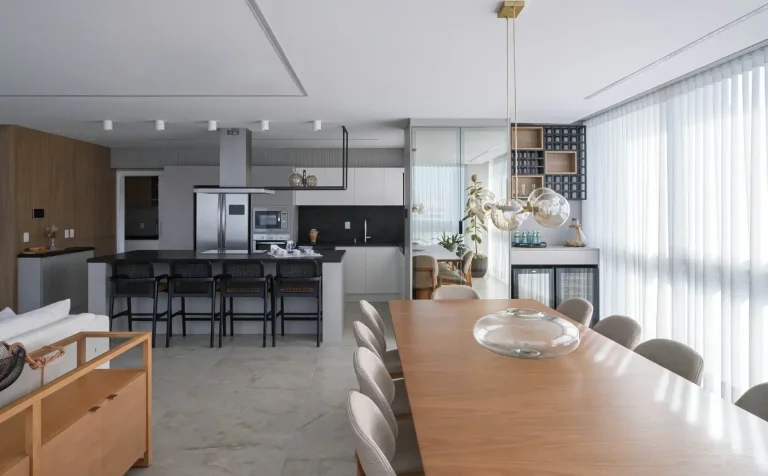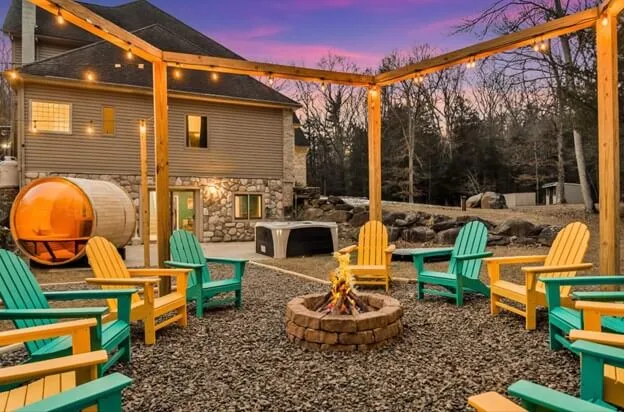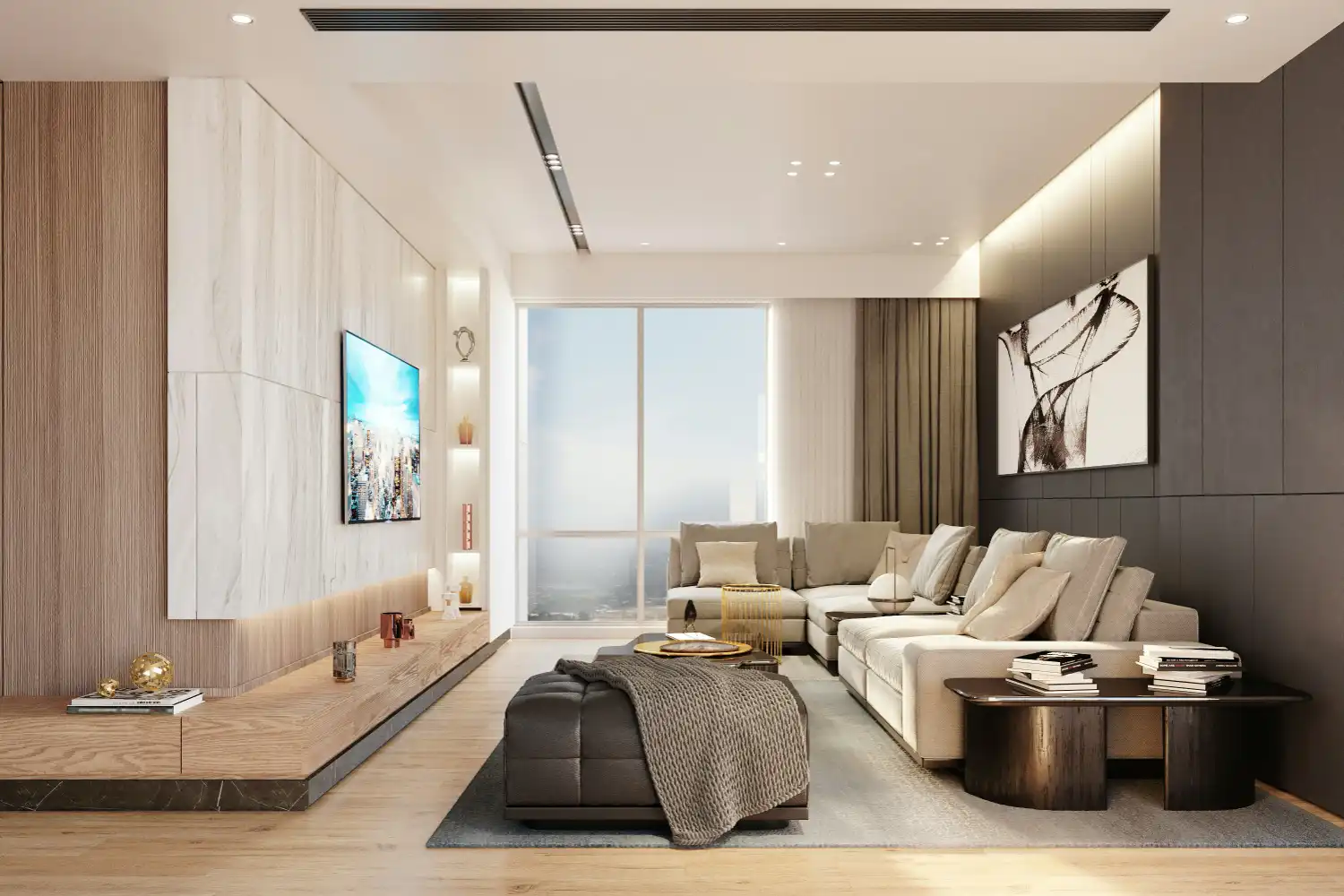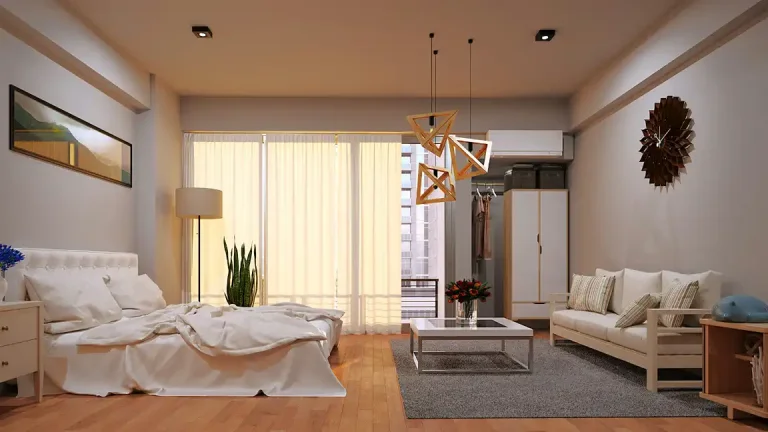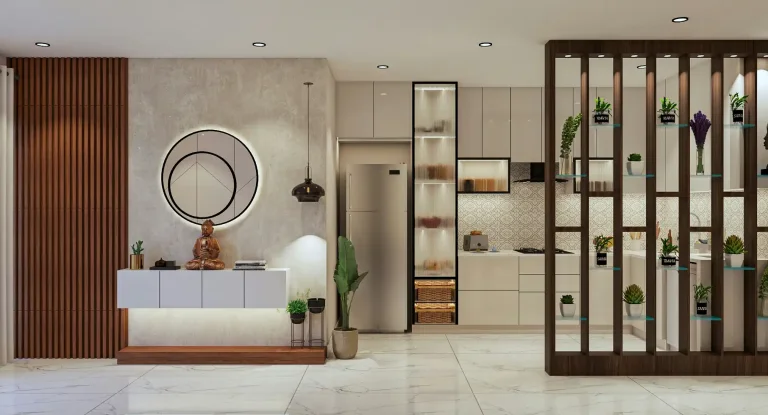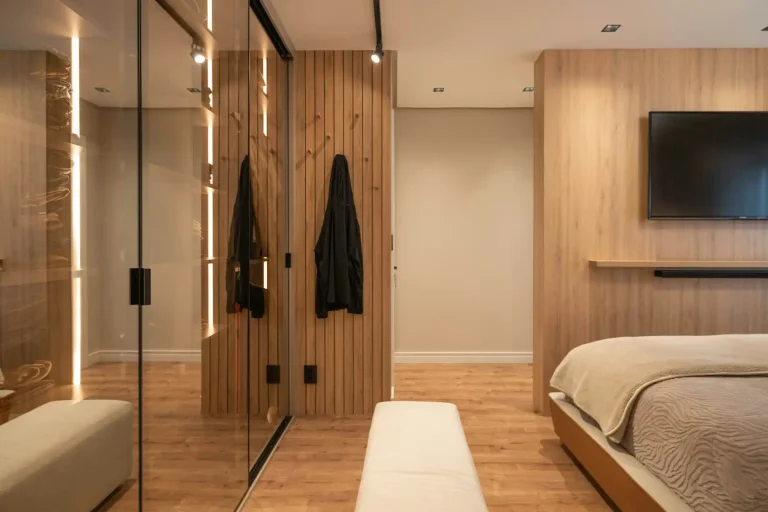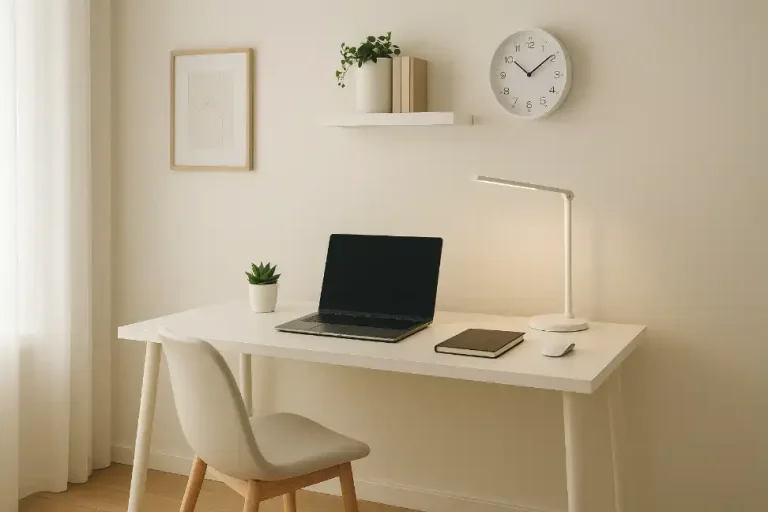Tiny Home Interior Design: 15 Smart Ideas for Your Airbnb
Exceptional tiny home interior design isn't about compromise; it's about strategic choices. The design approach determines the difference between a confining box and a surprisingly spacious home. Thoughtful design creates a functional haven for those living in their tiny home. For investors, it's even more critical: it's the difference between a forgotten listing and a consistently booked, high-revenue short-term rental asset.
In this guide, you'll discover the principles of effective small space design, strategies for maximizing space, and how a data-driven approach can transform a tiny home into a top-performing Short-Term Rental (STR). Whether you're building from scratch or renovating, these insights will help you create a tiny home that feels expansive, functions beautifully, and delivers impressive returns on your investment.
The Philosophy: Core Principles of Small Space Design
Before selecting furniture or paint colors, it is essential to understand the philosophy behind effective tiny home interior design. Unlike conventional homes with abundant space, tiny homes demand intentional decisions. When every square inch matters, design isn't just about aesthetics; it's about creating a livable, efficient environment where nothing is superfluous and everything serves a purpose.
- Functionality First: In tiny home design, form must follow function. An entryway isn't just a passage; it serves as shoe storage, a coat rack, and a mail-sorting station. A bedroom can't just be for sleeping; it also needs to function as a home office or exercise space. This principle requires honest assessment of your daily needs and routines, ensuring the design accommodates real life rather than an idealized version of tiny living.
- Creating Perceived Space: The physical dimensions of a tiny home are fixed, but how spacious it feels is malleable. This psychological aspect of design involves manipulating light, sightlines, and scale to create the perception of more space. A tiny home that feels cramped often fails not due to lacking square footage, but due to poor spatial planning. Techniques like drawing the eye upward or creating uninterrupted sight lines can change how confined a space feels.
- Cohesion and Simplicity: A cluttered tiny home will feel smaller than it is. Visual harmony comes from restraint, a limited, complementary color palette, consistent materials, and a "less is more" decoration approach. When every item and finish works together, the eye flows smoothly through the space rather than getting caught on jarring transitions or chaos. This creates a sense of expansiveness that transcends physical dimensions.
Actionable Strategies: Your Toolkit for a Spacious Tiny Home
Let's explore practical techniques for creating a tiny home that defies its small footprint, using core principles.
Go Vertical: The Untapped Potential of Your Walls
Most tiny homes have the same ceiling height as traditional homes, yet this vertical space often goes underutilized. When floor space is limited, your walls become your most valuable asset. Training the eye to move upward creates a sense of volume and openness, making even the smallest tiny home feel spacious.
Strategic vertical design begins with furniture choices. Instead of wide, short ones that waste floor space, opt for tall, narrow shelving units. Install floor-to-ceiling curtains that draw the eye upward and make windows appear larger. This vertical emphasis creates a vital sense of breathing room that counters the horizontal limitations.
Lofted beds free up floor space for a desk, seating area, or storage underneath.
- Wall-mounted desks, nightstands, and fold-away dining tables
- Magnetic knife strips and vertical spice racks clear counter space.
- High shelving for seasonal items, books, or infrequently used decorative pieces.
The Magic of Light and Color
Light and color profoundly impact the perceived size of a space. They can visually expand a tiny home or make it feel like a cave, regardless of the actual square footage.
Maximize light in your tiny home design by positioning as many structurally and thermally practical windows as possible to capture natural light. Skylights are valuable, bringing in overhead light that makes ceilings feel higher. For artificial lighting, use a layered approach: ambient lighting for overall illumination, task lighting for cooking or reading, and accent lighting to highlight features or create atmosphere. Avoid a single overhead light, which creates shadows and makes spaces feel smaller.
Color choice is transformative. The "light and bright" rule generally applies to tiny homes white and light neutral colors (soft grays, pale beiges, creamy whites) reflect light and make walls recede, creating an airy, open feeling. For maximum spaciousness, paint walls and ceilings the same light color to eliminate boundaries. Save bold colors for small accessories or a single accent wall that can be changed if it feels confining.
The Power of Multi-Functionality
In conventional homes, furniture typically serves a single purpose. In tiny homes, this luxury disappears; multi-functional furniture becomes non-negotiable. Every significant piece should perform at least two distinct functions to earn its place in your limited square footage.
This approach transforms how you evaluate furnishings. A standard sofa is comfortable but represents wasted potential compared to a sofa bed with built-in storage. A simple coffee table pales in comparison to an ottoman that functions as seating, a table, and a storage chest. Even architectural elements can serve multiple purposes: a staircase with pull-out drawers or a dining table that folds down from the wall and converts to a desk.
The best multi-functional pieces don't feel like compromises. Quality mechanisms ensure easy transitions between functions, while thoughtful design maintains aesthetic appeal regardless of configuration. This philosophy extends beyond furniture to appliances: consider combination washer-dryers, convection microwave ovens that also bake, and appropriately sized refrigerator-freezers.
Smart Storage: A Place for Everything
Clutter is the enemy of tiny living. Without effective storage solutions, even the best-designed tiny home becomes unlivable. The key is integrated storage: building it into the home’s structure rather than relying on freestanding pieces that consume valuable floor space.
- Toe-kick drawers: Reclaim 4-5 inches of space beneath kitchen and bathroom cabinets for storing rarely used items or flat objects like baking sheets.
- Platform storage beds: Elevate your bed on a platform with drawers or cubbies, utilizing otherwise wasted.
- Bench seating with storage: Built-in seating around a dining table or in a window nook can conceal significant storage volume.
- Hidden pantries: Narrow, pull-out cabinets that utilize thin spaces between appliances or next to refrigerators.
- Creative nooks: Use the space between wall studs for recessed shelving, perfect for spice racks in the kitchen or toiletries in the bathroom.
Visible storage creates visual clutter. Opt for closed storage solutions that maintain clean lines and visual simplicity. When open shelving is needed for frequently used items, maintain a consistent color scheme and organization system to preserve visual harmony.
Creating Zones: Defining Space Without Walls
In a small tiny home, creating distinct functional zones helps the space feel organized and purposeful rather than chaotic. Without separate rooms, use other design elements to delineate spaces.
Rugs are the simplest and most effective zone-defining tool. A well-placed area rug creates a visual boundary for a "living room" area separate from the "kitchen" or "bedroom" zones. The effect is subtly powerful, creating the impression of distinct rooms without physical barriers.
Furniture grouping serves a similar purpose. To create a conversational zone that feels separate from nearby areas, arrange a loveseat and small chair around a coffee table. The furniture itself becomes the boundary, eliminating the need for walls.
Lighting and color provide zoning opportunities. A pendant light over a dining area defines that space's function. Subtle changes in wall color or material signify transitions between zones shiplap for a sleeping nook versus painted drywall in the main living area. These cues help organize the space psychologically without sacrificing the openness that makes a tiny home feel larger.
Blueprint for a High-Performing Tiny Home with STR Cribs
Achieving this level of optimization requires expertise, market knowledge, and detail-oriented management that can overwhelm property owners. STR Cribs serves as your end-to-end partner, transforming standard tiny homes into market-leading short-term rentals. Here's how our design process works:
- Data Analysis and Concept: We analyze your market to build a design concept focused on attracting your ideal guest. This includes identifying the optimal amenities, style preferences, and price points to maximize your property's performance.
- Space Planning & Visualization: Our experts master tiny house layouts. They use 3D renderings to visualize your rental before construction. This eliminates costly mistakes and ensures every inch is optimized for guest experience and functionality.
- Material & Furnishing Selection: We source and select every finish, fixture, and multi-functional furniture piece to create a durable, beautiful, and photo-worthy space. Our selections balance aesthetic appeal with durability, ensuring your investment withstands rental demands.
- Full-Scale Renovation & Project Management: We manage the entire renovation from start to finish, ensuring a seamless and high-quality execution, with a nationwide network of vetted contractors (excluding AK and HI). This turnkey approach saves you time and stress while ensuring professional results.
Are you worried about the upfront investment? We believe in our designs so much that we help you fund them. STR Cribs offers financing options up to $100,000 for furnishings and renovations, with 0% introductory rates for qualified borrowers, making it easier to invest in your property's success. This financing can often be recouped within the first year through increased rental revenue, making it a sound investment rather than an expense.
Conclusion
The success of a tiny home, whether as a primary residence or investment hinges on smart interior design. You can create a living space that feels expansive despite its modest footprint by focusing on functionality, perceived space, and solutions like vertical storage and multi-functional furniture.
For those looking to maximize their tiny home as an STR investment, a data-driven approach takes these design principles to the next level, ensuring every decision contributes to higher occupancy and revenue. Ready to unlock your tiny home's full potential? Contact STR Cribs for a consultation and see how our designs can transform your property into a high-performing asset that guests love and book repeatedly.

